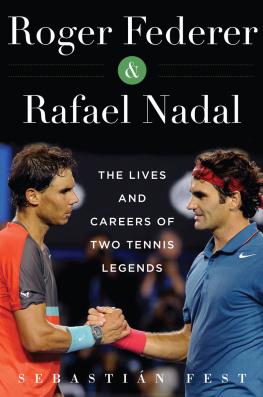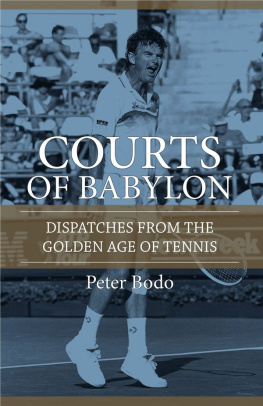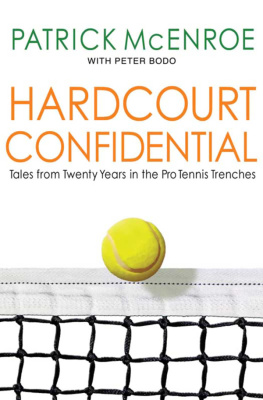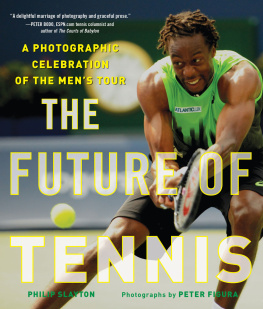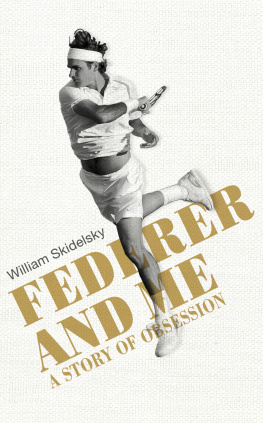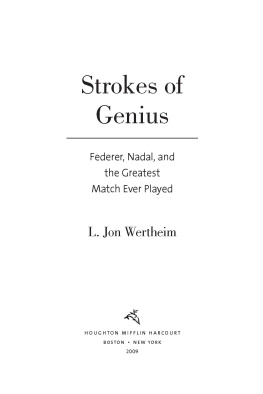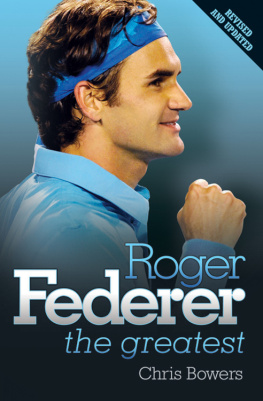2015, Random House Mondadori S.A.
Humberto I 555, Buenos Aires.
English Translation Copyright 2016, 2018 by Skyhorse Publishing
All rights reserved. No part of this book may be reproduced in any manner without the express written consent of the publisher, except in the case of brief excerpts in critical reviews or articles. All inquiries should be addressed to Skyhorse Publishing, 307 West 36th Street, 11th Floor, New York, NY 10018.
Skyhorse Publishing books may be purchased in bulk at special discounts for sales promotion, corporate gifts, fund-raising, or educational purposes. Special editions can also be created to specifications. For details, contact the Special Sales Department, Skyhorse Publishing, 307 West 36th Street, 11th Floor, New York, NY 10018 or .
Skyhorse and Skyhorse Publishing are registered trademarks of Skyhorse Publishing, Inc., a Delaware corporation.
Visit our website at www.skyhorsepublishing.com.
10 9 8 7 6 5 4 3 2
Library of Congress Cataloging-in-Publication Data is available on file.
Cover design by Tom Lau
Cover photo credit: AP Images
Print ISBN: 978-1-5107-3071-7
Ebook ISBN: 978-1-5107-3072-4
Printed in the United States of America
To Spain and the Spanish,
who treated me so well.
Contents
Prologue
U H , CONGRATULATIONS ; WHAT YOU DID is incredible. That was not, perhaps, my most ingenious nor warmest phrase. I probably could have said something more substantial on that 14th of September in 2010. But it was 1:30 in the morning, I was in the middle row of seats in a white van parked in a dark lot in Queens, New York, and the excitement and tension of the past few hours had taken their toll on my mental agility, as well as on my body. There was so little light in that open-aired parking lot, in the middle of that New York summer night, that had I not climbed into that van with him I simply would have no idea to whom I was talking. I could barely make out his face in the adjacent seat.
Despite having spent the past more than twenty years covering big events, the details of highly competitive sports still move me. In the moment of triumph (or defeat), there is so much light, maybe too much; there are thousands of spectators and dozens, hundreds, or thousands of millions of television viewers. All focused on the star. Before and after, though, that star is alone and shrouded in darkness. And so he was, practically alone. Doubtless in the dark as well.
Thank you, thank you, was the answer he passed back through the gap in the headrest that guarded the border between us, allowing us to keep a bit of distance.
We opted for silence then, each of us trying to organize the whirlwind that was the past few hourshis without comparison, mine merely journalistic in nature. I took great care to be respectful of a young man fresh from four hours of battle upon the cement, followed by an extensive press conference, and several interviews with the tournament journalists. It all added up to an intensive, nearly ten-hour work day. Because of that, and because it was a barrier that I always impose on myself, I made sure to maintain a not too close proximity to the protagonists. This is an attitude consistent with the philosophy of the medium I was working for at the time, an international news agency.
During that scant minute we spent alone in the van, I was privileged, the envy of practically any man: I was alone with Rafael Nadal, the man who had just conquered the US Open, the one person who could say that he had held aloft the four great trophies, the young man whose legend was now on the same level as Fred Perry, Rod Laver, Donald Budge, Roy Emerson, Andre Agassi, and Roger Federer.
What was I doing there with Nadal? The van was the setting of his last interview of the night, as unusual as it was ideal, because as we were navigating the empty freeway toward a quiet Manhattan, both of us now talkative and reenergized, Nadal gave me one of the best interviews I had ever gotten from him. In order to have a good interview, you need a good interviewer, but you also need a well-disposed interviewee, and Nadal was my perfect counterpart that night. He even offered to neutralize the obstacle that was the headrest on which I had hung my audio recorder.
You want me to hold that for you? he offered. Itll be more comfortable that way. And during the next twenty minutes, while the white van cut through the nights darkness, the man who had just become one of the greatest tennis players of all time held the recorder up to his mouth.
While we talked about wooden rackets, the fear one feels when he is unable to see the bottom of the ocean, and whether it is possible to hate tennis, an unusual entourage listened in absolute silence: his father, his girlfriend, his agent, his press secretary, his man at Nike, and his physical therapist.
Finally, we ended up talking about soccer. After all, two months before, Nadal and I had both been at the Soccer City stadiumhe as a fan, I was workingwhere Spain had established itself as the world soccer champion for the first time in the countrys history. Argentina, my own country, had surprisingly thrashed Spain 41, just days earlier during an exhibition game in Buenos Aires.
World champions of exhibition games, Nadal laughed good-naturedly, teasing me about Argentinas meaningless victory. The point was well made, especially coming from a man who knows so much about soccer. Two minutes later, the Nadals dropped me off on the corner of Second Avenue and 50th Street in Manhattan, just feet from my hotel.
Would you mind switching tables so we can put these next to each other and all sit together? When someone asks you for something so simple and does it that nicely, you always say yes. Especially if that someone is Roger Federer, having just fulfilled one of his dreams.
It was Monday, June 8, 2009, one day after the Swiss tennis star had conquered the French Open, the tournament that had mistreated him so many times in the past. He had finally won the four greats, like Perry, Laver, Budge, Emerson, and Agassi before himan achievement Nadal would match fifteen months after.
The day after that glorious Sunday, Federer had an encounter with a large group of journalists who wanted to know more, asking questions about the final, the celebration night, and the future. After speaking to the print press, the Swiss man dove into a series of television interviews. I took advantage and set myself up writing at a table at the hotel bar, the only empty one next to a wall outletan important detail to keep in mind when ones computer could die at the least opportune moment. At the next table were Mirka Vavrinec, who had married Federer two months before, and the former player Mary Joe Fernndez, wife of Tony Godsick, who was Federers agent.
A while later, I was still immersed in my writing when someone amicably asked for my attention. It was Federer, who could have sent his agent or an assistant or simply delegated the task to one of the waiters in the bar. Most stars would do just that, but during one of his moments of greatest glory he came himself: direct, educated, and very natural.
During these past years, Ive been able to interview both Nadal and Federer on several occasions, each alone as well as with a couple of colleagues. But those brief, casual moments in the van or the bar really help to better understand the minds and methods of the duo who set fire to the history of tennis.
I have spoken with both of them in all types of situations. I talked to Federer on a long walk through the Qizhong Stadium tunnel in Shanghai, in the back seat of a Mercedes Benz while we crawled over the endless slopes and through the narrow alleys of Lisbon, and in the gardens and television room of the Dubai Aviation Club. We have shared time in the luxurious Pershing Hall Hotel in Paris as well as just a few feet away from the central Wimbledon court, the stage that has marked his career.

